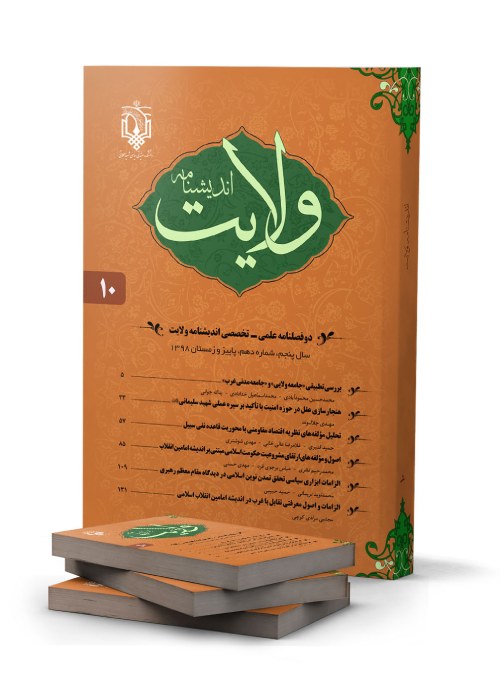Examining the Quranic Foundations of the Statement of the Second Step of the Revolution with an Intertextual inguistic Approach
The interconnectedness of texts is the result of a linguistic approach to literature and text-based critique. In this regard, the deep-thinking leader of the Islamic world has been influenced by the Holy Quran in various ways. This influence is sometimes from the content and sometimes from the words and expressive techniques of the Qur'an. While the Great Islamic Revolution of Iran has passed the 40th anniversary of its victory and entered the fifth decade of life, on Bahman 22, 1397, the Supreme Leader issued a statement on the second step of the revolution, explaining the remarkable achievements of the past four decades and addressed strategic recommendations in the field of science and research, spirituality and ethics, economy, justice and fight against corruption, independence and freedom, national dignity and lifestyle in order to achieve the creation of a new Islamic civilization and preparation for the emergence of Imam Mahdi, utilizing Quranic style and themes. Therefore, the present study uses a descriptive-analytical method to analyze the methods of the effectiveness of the statement of the second step of the revolution from the Holy Quran. One of the most important results of this utilization shows that the Supreme Leader, with a mystical attitude and using Quranic themes, well outlined the clear vision of the Islamic Revolution of Iran and the world for the realization of a new Islamic civilization in the statement of the second step of the revolution.


